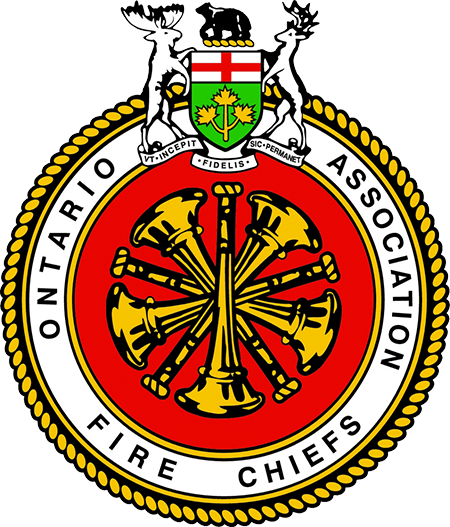Niagara West Fire and Emergency Services officials call it a “drone in a box.”
The remote-controlled aircraft and its container were recently installed on the roof of the Beamsville fire station and is expected to enter service in the next week or two.
The 107-member volunteer firefighting unit that serves Lincoln and Grimsby has 16 certified drone pilots, with more expected to obtain their certification in the coming months.
Fire Chief Greg Hudson said it will speed up response time to building fires and traffic accidents, as well as support search-and-rescue operations.
“That saves lives and saves property,” Hudson said.
Chief training officer Don Sherren said the new drone can cover a 17-kilometre area from the Ontario Street fire station.
“It will be sent to locations when a call comes in so (we) have visual information from the scene before emergency crews arrive,” Sherren said.
When the new drone goes into operation, Sherren said, Transport Canada regulations dictate it must be flown by a certified pilot from the Beamsville station and be within visual observation range.
Sherren said while those regulations are expected to change to allow for easier drone use in November, the fire department is working on getting a special flight operations certificate from Transport Canada for some of their pilots that will enable them to activate and fly the drone using a tablet or laptop computer from their home or place of work once they get a call.
There is no indication when that certification will be given.
Sherren said the drone in a box was supplied through Canadian Emergency Responders Robotics Association (CERRA), a group of stakeholders representing emergency response agencies that support the use of robot response systems in the air, on the ground and in the water.
“We are in a trial with them,” said Sherren.
CERRA director Andy Olesen said the goal of the project is to see how thew fire department, Niagara Regional Police and other emergency response providers in the region share the drone service and drone data, with the possibility of expanding services across the region.
“How (do) you communicate between departments? That’s the big takeaway from all this,” Olesen said.
Fire prevention officer Trevor Doomernik said the Niagara West department began using drones in 2019 and now has has three in operation. Two of them are small enough to hold in your hand, while the other is about the size of a bread box.
All are equipped with cameras.
The larger drone’s camera has a 200-times zoom-in capability along with thermal imaging technology, a spotlight and a loudspeaker, enabling emergency officials to give instructions to people on the ground.
“We originally started using them for doing fire inspections,” Doomernik said, adding the drones can check out roof tops and tall structures.
“You don’t want to be climbing up on buildings by yourself, so you can take a very small drone and fly it up there and do the inspection.”
Information from each fire inspection is added to the fire department’s databank.
When a call comes in, crews can tap the address in on one of tablets that are available in all of their apparatus and quickly find out details about the building’s structure, potential hazards and where the fire hydrants are located.
The flying machines are also used during fire investigations.
“Typically, you want to see the entire scene as a whole and then break it down into smaller pieces,” Doomernik said. “Having an aerial view allows us to do that.”
Sherren said drones have been used to search buildings during active fires, as they can go from floor to floor and room to room.
“If the building’s unsafe, we can now send this device in and get real time video if someone’s in there and what the positions are if there’s a collapse,” he said.
Sherren said getting instant and “real time” information from above, plus thermal imaging, helps crews more efficiently battle a blaze.
“We’ve had times in the past where we’ve put the drones up and we were able direct our (water) streams exactly where we needed to go because when you have smoke coming off, you can’t see sometimes.”
Sherren said the department has also been experimenting with larger drones that were able to drop a stretcher to firefighters during a rope rescue exercise at a quarry near Beamer Memorial Conservation Area in Grimsby a couple of months ago.
Without firefighters having to carry the stretcher, Sherren said, they were able to accomplish the job with fewer people.
“The rescue would normally take eight to 10 people. We did it with two people on the ground and six guys up top.”
Sherren said some of the new drones can carry up to 300 kilograms and can drop hoses and other equipment to firefighters on the ground, rooftop or elsewhere in a building.
For the volunteer firefighters, it usually takes three to six months to get basic and advanced certification from Transport Canada and they are required to do two hours of flight training each month.
The training is done at the Beamsville fire station and other area locations.
Hudson said he expects drone usage to become more common among emergency service providers in the coming years, adding the technology may eventually open the door to tech savvy people who don’t have the physical ability to be a firefighter, but could be part of a new drone corps.
“It’s an interesting change to the way we recruit,” Hudson said. “As we evolve, we’re actually looking at that.”
